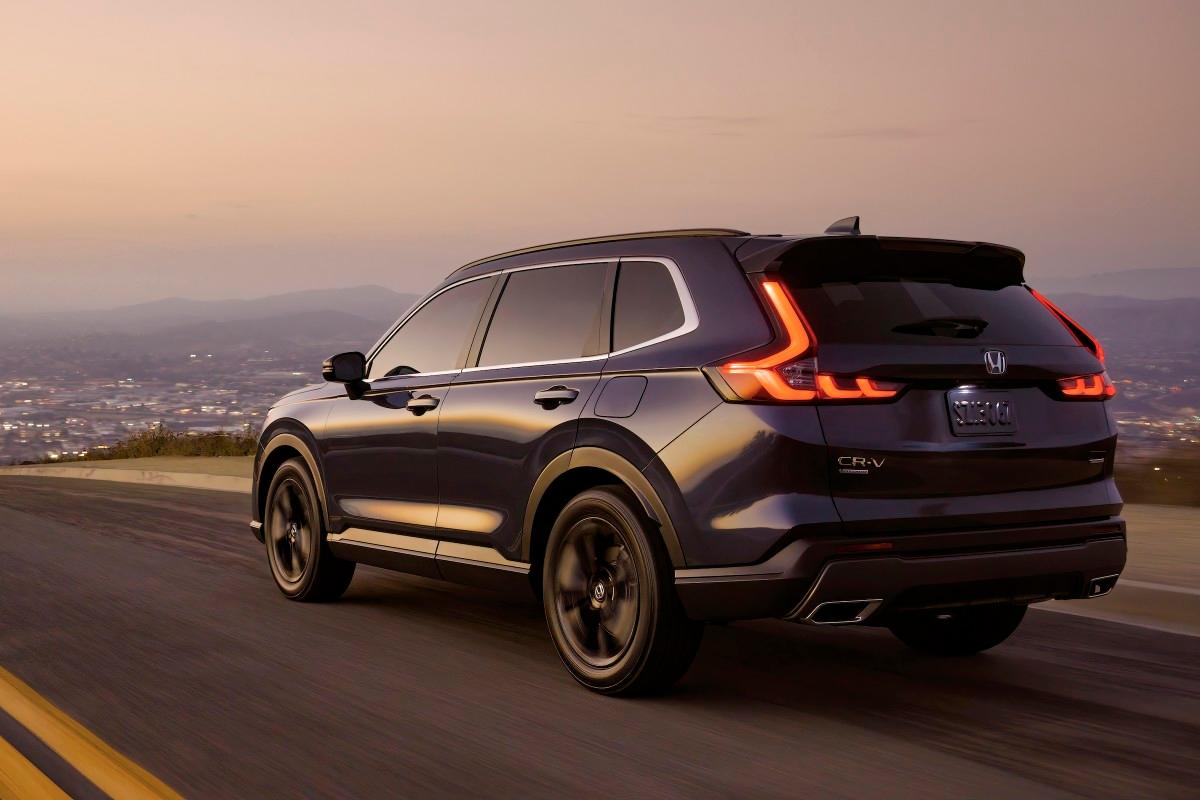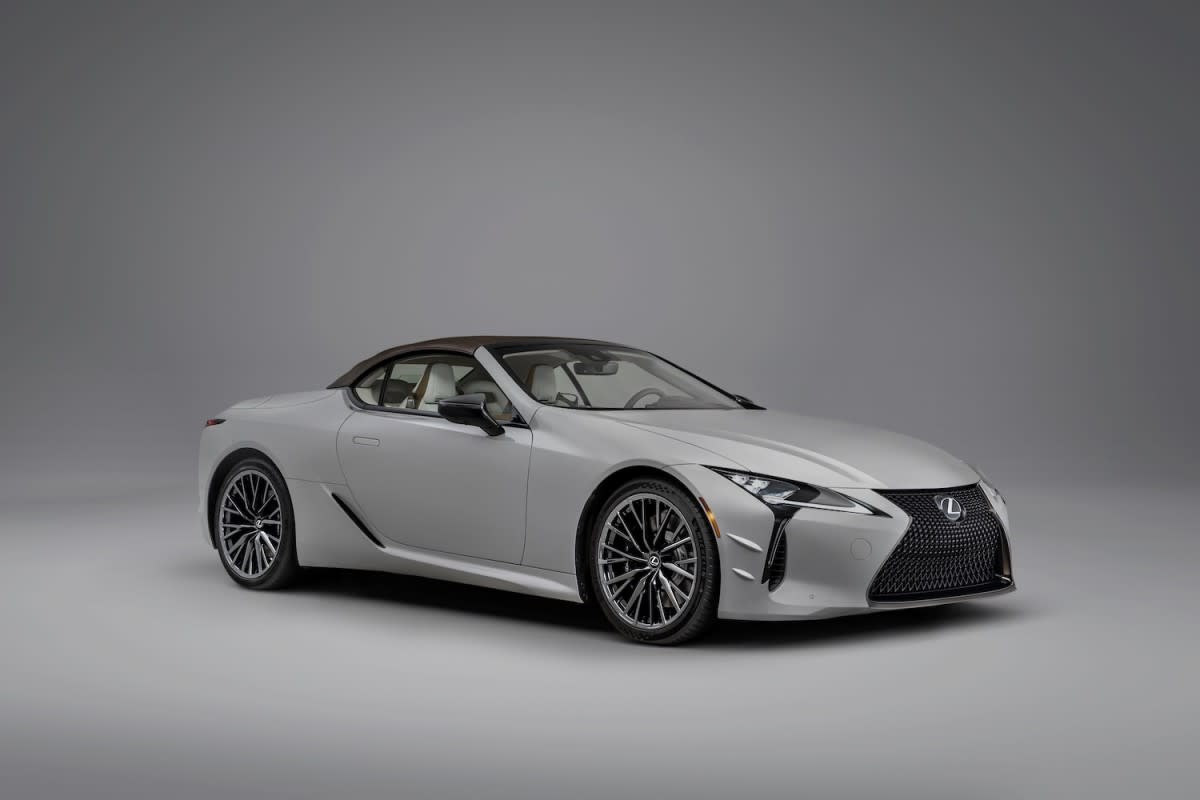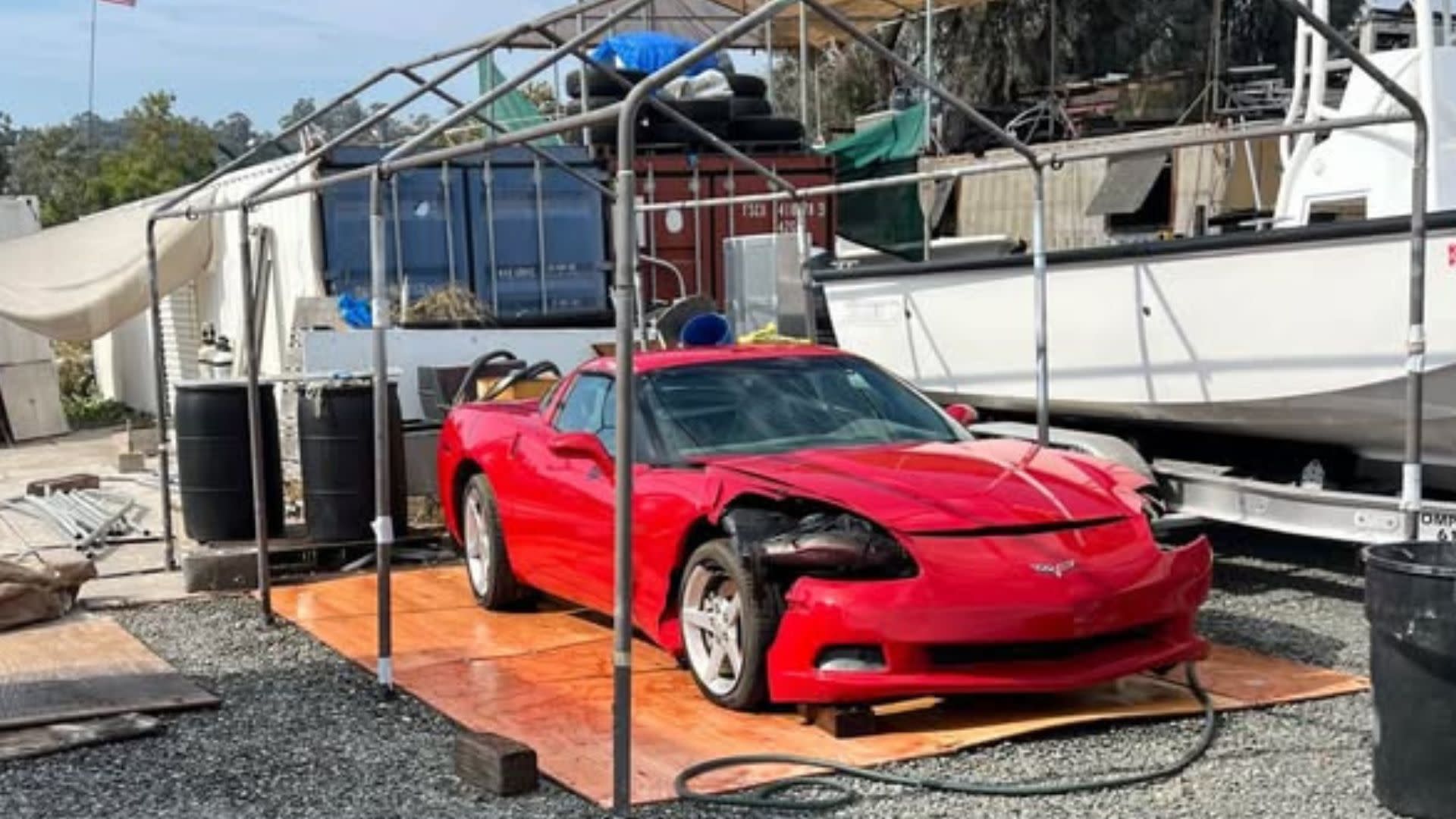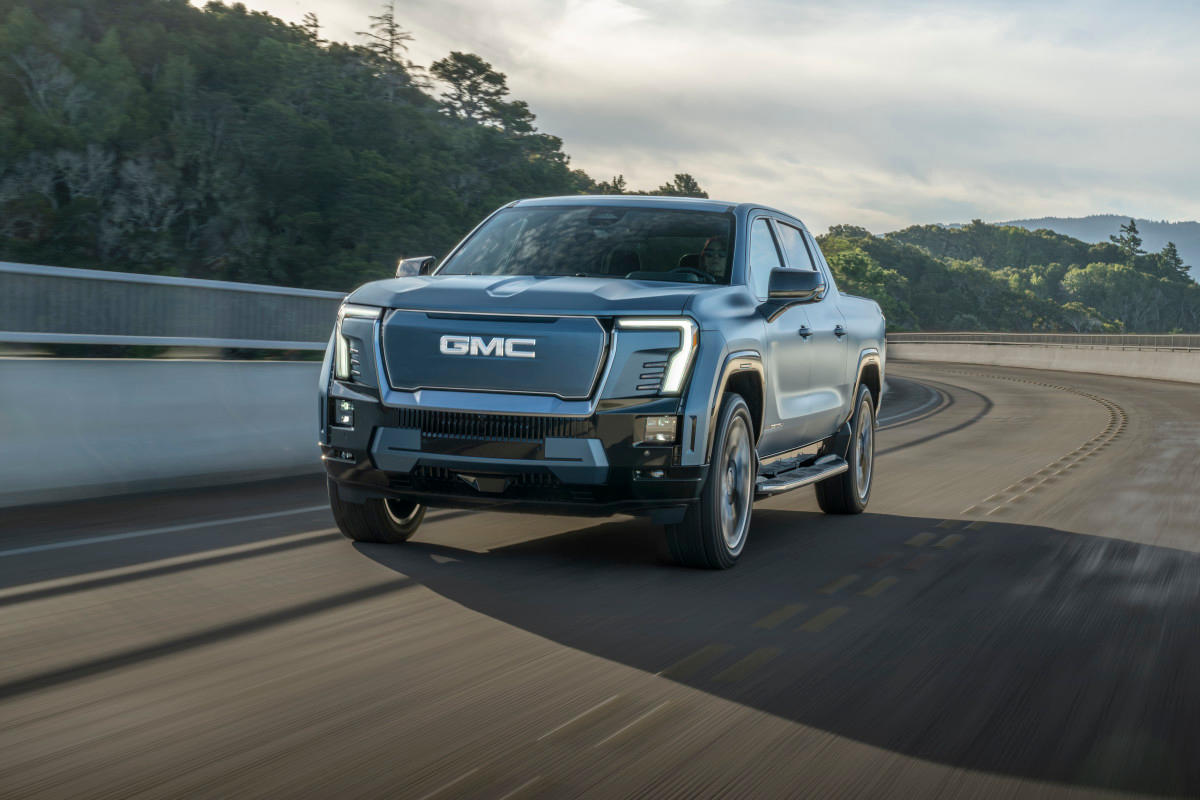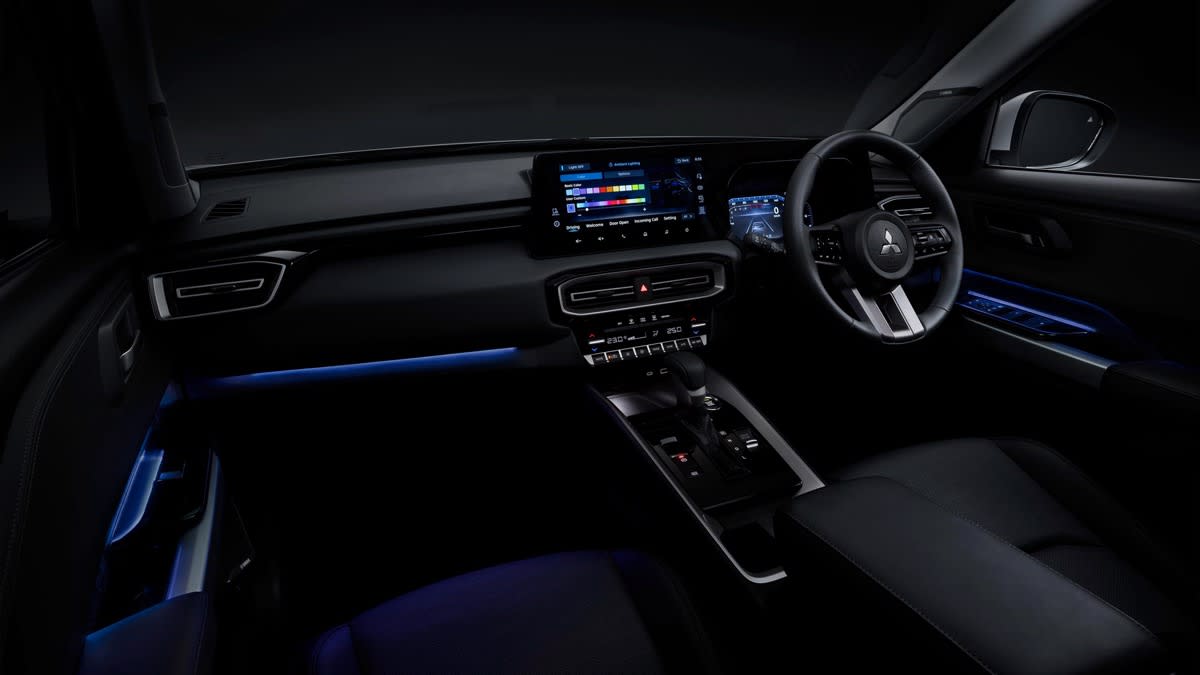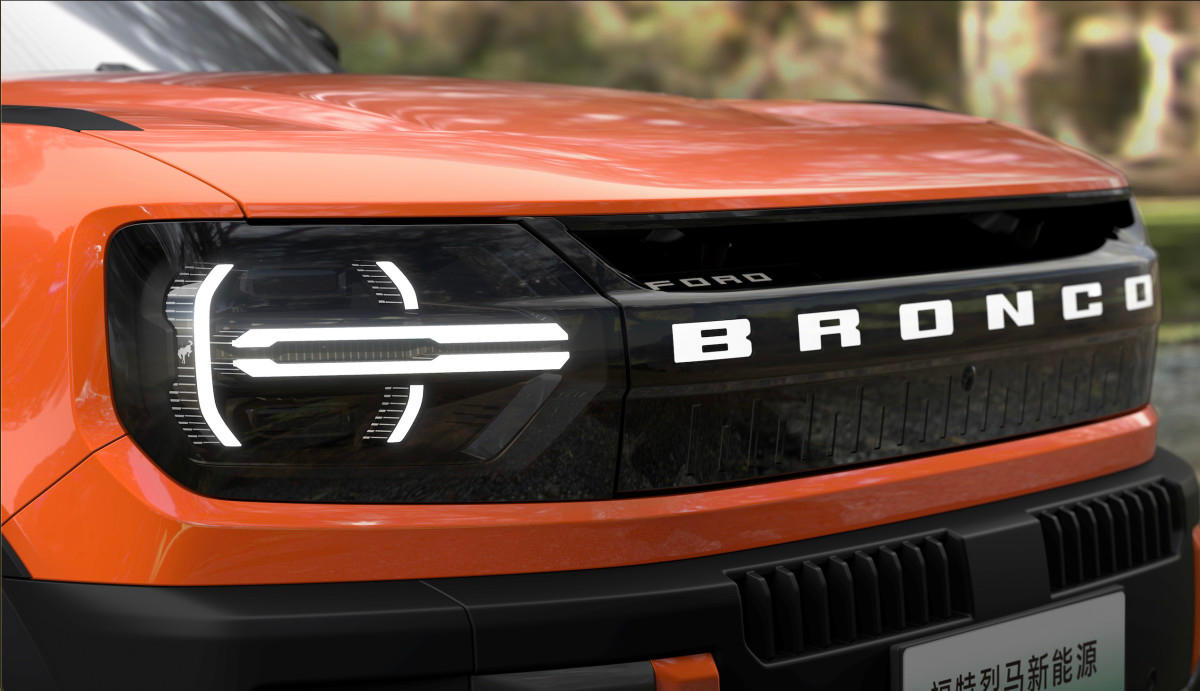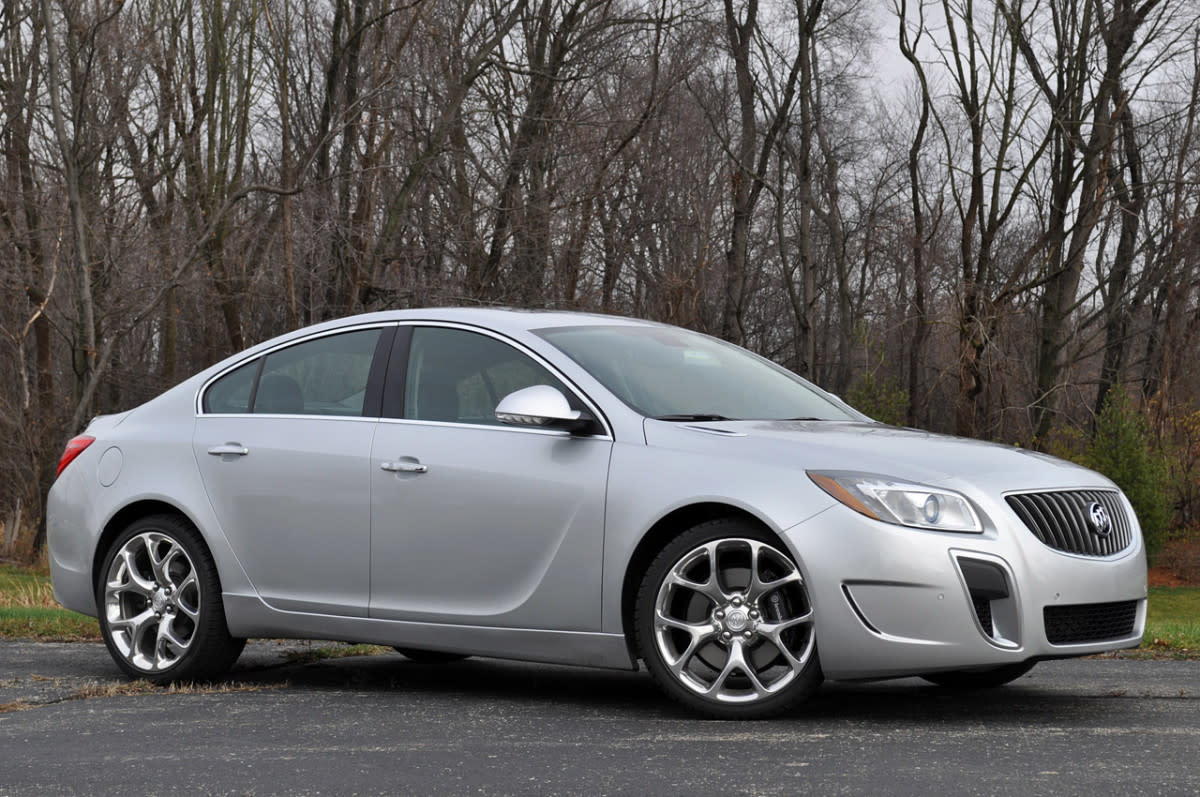
How European Stellantis Models Could Revive Dodge & Chrysler originally appeared on Autoblog.
Americans seem to get the short end of the stick
You might have noticed that in recent times, it seems that most of Stellantis's North American model lineups have been slimmed down to just a small handful of options–options that seem like they're either incredibly dated, like the Dodge Durango whose current generation has been around to see three different CEOs, or the Dodge Charger EV which hasn't been able to resonate with long-time Mopar muscle car buyers. After some time spent walking around the streets of Europe and the United Kingdom, I've begun to wonder why these North American-based Stellantis brands don't offer any of the popular models offered exclusively to European buyers.
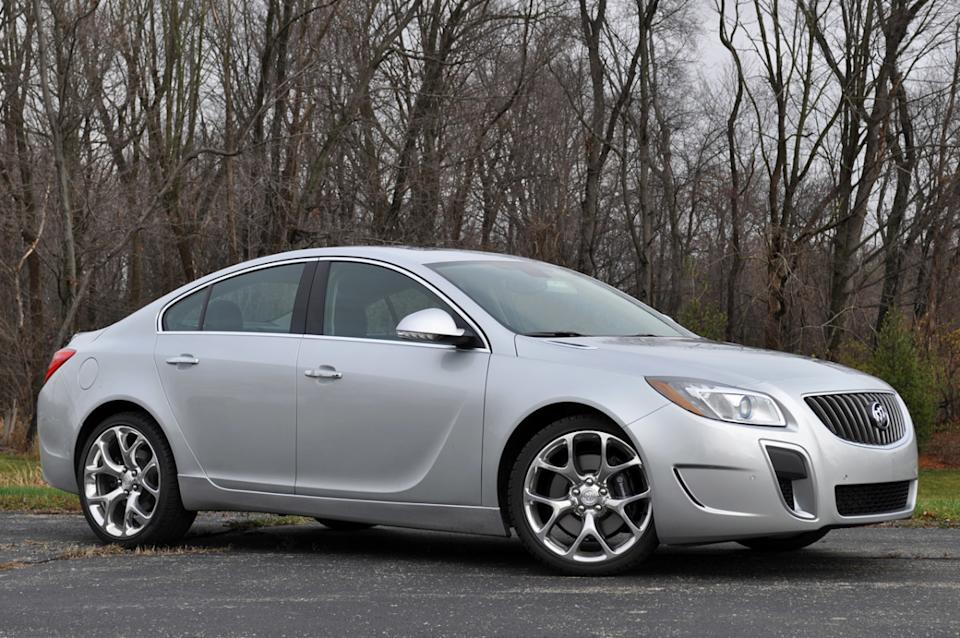 2012 Buick Regal GS
2012 Buick Regal GSYou may recall a time when Saturn–one of General Motors' sub-brands that received the corporate axe, as well as Buick- offered rebadged Opel products to North American buyers. One example is the fifth-generation Buick Regal, which was essentially a rebadged Opel Insignia and was hugely successful for the brand. According to GM, the fifth-gen Buick Regal "helped to boost Buick's total annual sales 40 percent," and actually helped the brand appeal to a younger demographic that it desperately needed.
GM noted that "More than 60 percent of Regal Turbo customers alone are younger than 55," and that the model actually swayed buyers who otherwise would not have considered a Buick towards the brand. Saturn employed similar strategies, selling the Opel Astra in North America. Although it found some success in the United States, it proved significantly more popular in Canada, where the country's European influence tends to result in more willing buyers for Euro-style hatchbacks and station wagons.
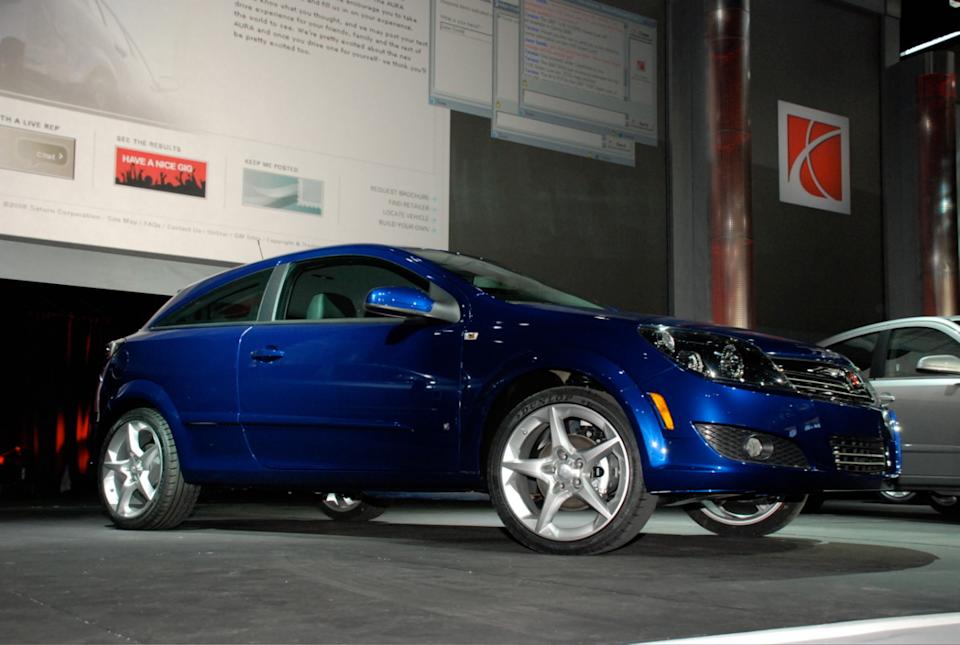 2004 Saturn Astra
2004 Saturn AstraUnfortunately, Saturn ended up being axed from GM's brand portfolio as a result of the 2008 financial crisis, with Buick being saved thanks to its popularity in China. However, in the years leading up to its inevitable demise, rebadged European models kept Saturn afloat. Now, however, in 2025, Opel no longer falls under the General Motors brand umbrella. Instead, Opel belongs to Stellantis–along with other Euro-exclusive brands like Peugeot, Lancia, and DS Automobiles. To me, this begs the question as to why North American Stellantis brands like Dodge and Chrysler, which now exist with massively diminished model lineups, don't take a page out of Saturn and Buick's playbook and offer North American buyers models that are exclusive to Europe.
Using generative text-to-image artificial intelligence software and Adobe Photoshop, we take an imagined look at what some Opel and Peugeot models could look like if rebranded as Dodges or Chryslers. These renders are for speculative and entertainment purposes only and in no way resemble any actual Dodge and Chrysler products.
Chrysler could revive the venerable Sebring as a rebranded Peugeot 508
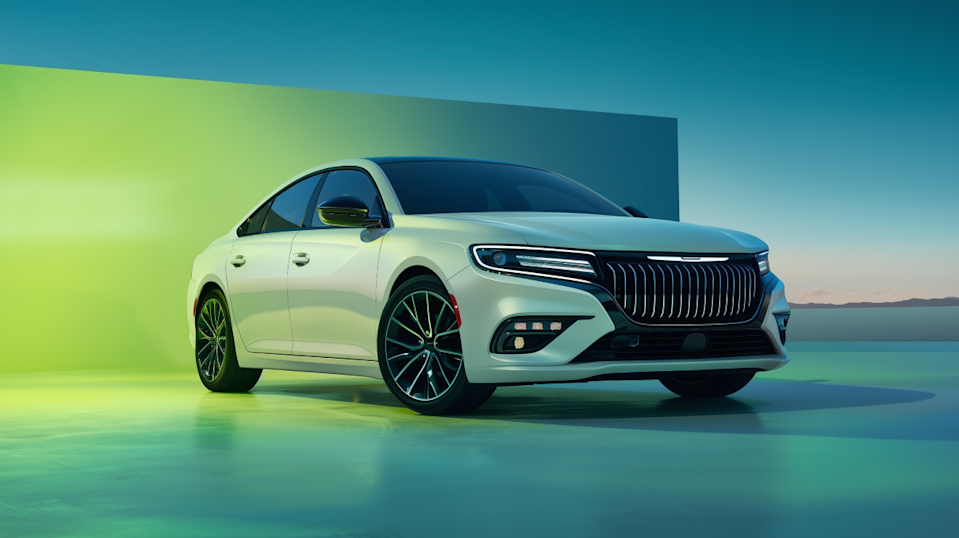 Chrysler Sebring Concept
Chrysler Sebring ConceptAlright, maybe describing the Sebring as "venerable" is a bit of an exaggeration, I'll admit, but there's no denying that people still recognize the name to this day, and it's perfectly fitting for a semi-premium mid-size sedan that isn't quite the old-school, rear-wheel drive 300. Using the second-generation Peugeot 508 as a foundation, which has been in production since the 2019 model year, could allow Chrysler to offer a significantly more advanced and modern successor to previous mid-size sedan models like the Cirrus, the Sebring, and the 200. Although the mid-size sedan segment has dwindled in recent years in North America, a few brands still carry the torch with notable examples being the Toyota Camry, Honda Accord, Hyundai Sonata, and the Kia K5.
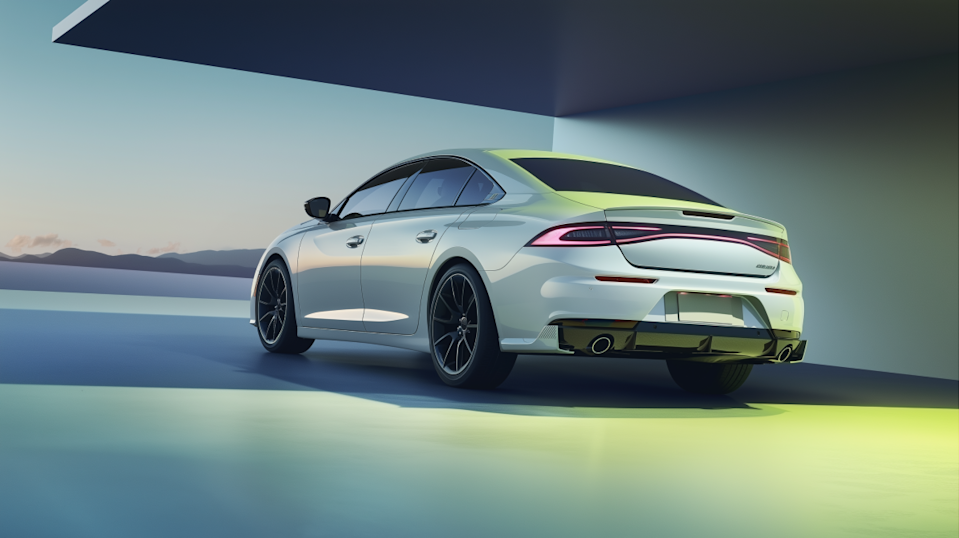
Using some of Peugeot's efficient and modern powertrain options, a Chrysler-badged 508 could not only offer competitive performance, but it could also offer something truly unique in its segment: a 355-horsepower plug-in hybrid option. While its standard powertrain would most likely be the Peugeot 508's 222-horsepower turbocharged 1.6-liter PureTech four-cylinder, the revived Chrysler Sebring could also offer up the turbocharged 1.6-liter PSE plug-in hybrid powertrain, which pairs 355 horsepower and 384 lb-ft of torque with all-wheel drive and an eight-speed automatic gearbox. That would make it a one-of-a-kind offering within its segment and match current Stellantis efforts to offer more plug-in hybrid variants across its various lineups.
Dodge could revive the Caliber hatchback as a rebranded Opel Astra / Peugeot 308
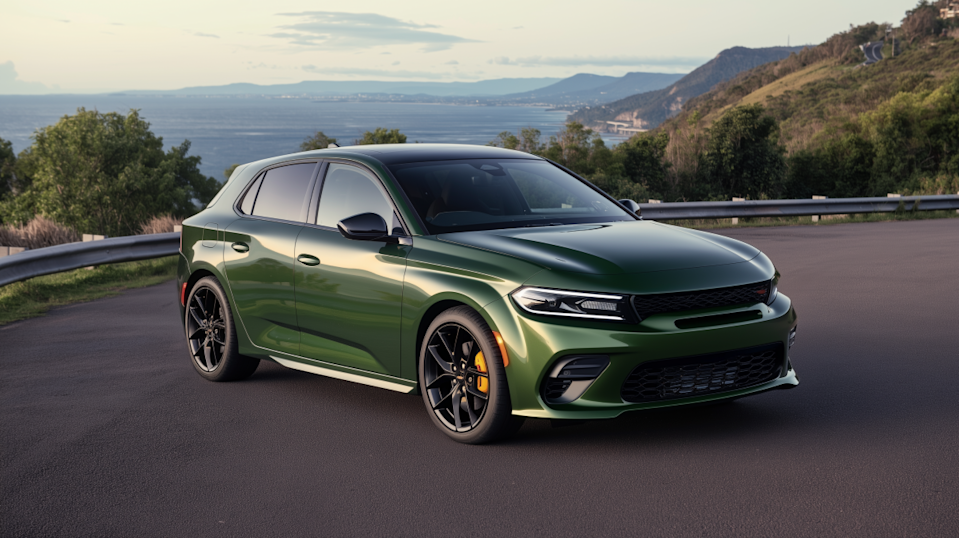 2026 Dodge Caliber ConceptCole Attisha Using Midjourney AI
2026 Dodge Caliber ConceptCole Attisha Using Midjourney AIIf you throw a stone almost anywhere in Europe or the United Kingdom, odds are it'll land near an Opel Astra or a Peugeot 308. Sharing the PSA EMP2 Platform and many of its powertrains, the pair of hatchbacks has taken Europe by storm, rivalling other hatchback heroes such as the Volkswagen Golf and the Toyota Corolla Hatchback–models that we did, in fact, receive stateside. Although the Astra's basic powertrain — a turbocharged 1.2-liter inline-three — might be a bit too anemic for North American buyers, its optional 222-horsepower 1.6-liter turbo-four plug-in hybrid power plant could make an interesting addition to our domestic market.
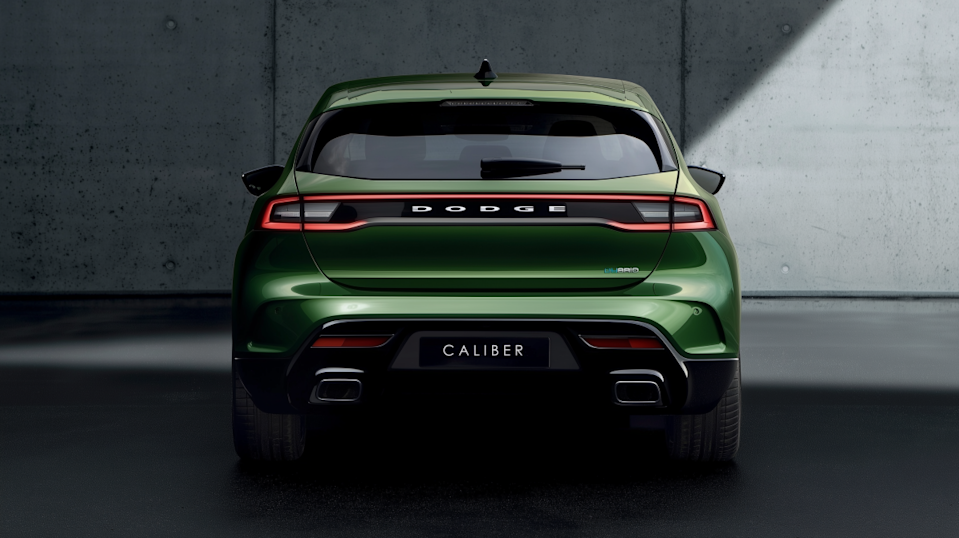 Dodge Caliber ConceptCole Attisha Using Midjourney AI
Dodge Caliber ConceptCole Attisha Using Midjourney AIFor buyers who are still wary of PHEV technology, the Dodge Hornet's turbocharged 2.0-liter four-cylinder could be carried over, offering 268 horsepower and 295 lb-ft of torque. Perhaps with a modified state of tune and a power figure somewhere just north of 300, we could even see a return of the cult-classic Dodge Caliber SRT4–a possibility made even more likely by the recent announcement that Dodge's SRT division will once again churn out high-performance muscle machines.
What if the Dodge Neon returned as an Opel Mokka-based subcompact crossover
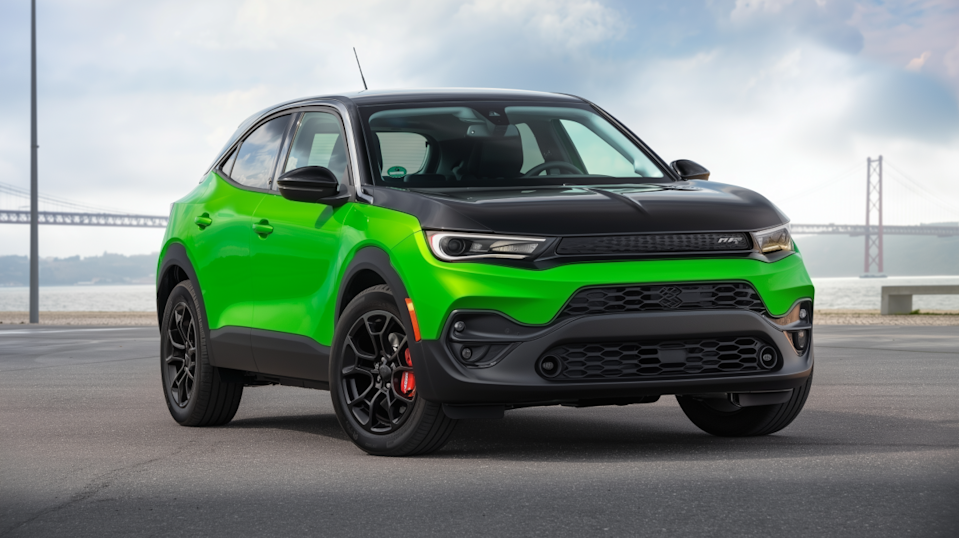 Dodge Neon Crossover Concept
Dodge Neon Crossover ConceptDon't hate me for suggesting Dodge should slap the Neon nameplate on a crossover, just as Mitsubishi so sacrilegiously did with the Eclipse. The unfortunate truth is that subcompact sedans and hatchbacks just don't cut it with North American buyers anymore. In fact, the segment has been entirely replaced by subcompact crossovers like the Honda HR-V, Hyundai Kona, and the Chevrolet Trax. That last one specifically could be the Dodge Neon crossover's main target. By offering an inexpensive yet practical crossover, Chevrolet managed to sell over 200,000 Traxs in the United States alone last year — an 84% increase over its 2023 sales.
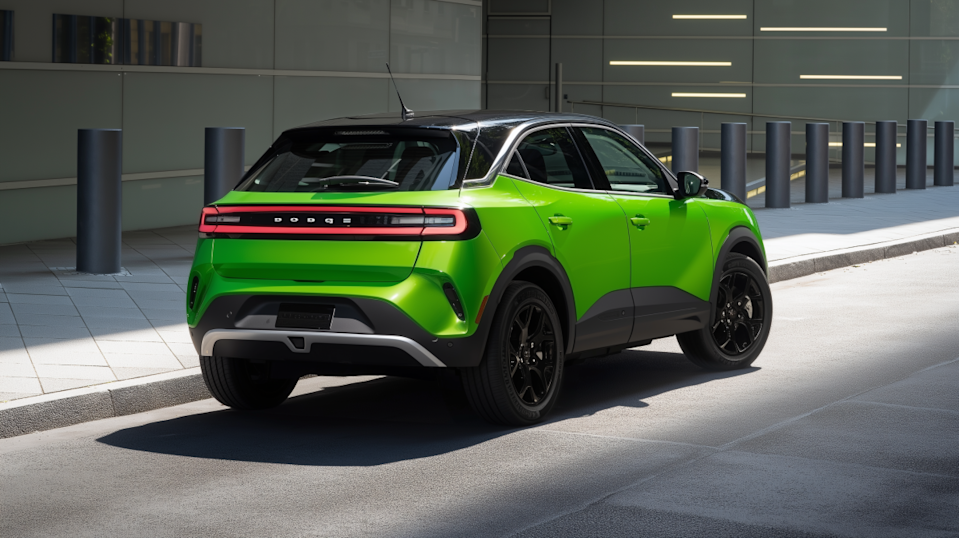 Dodge Neon Crossover Concept
Dodge Neon Crossover Concept You may or may not be surprised to learn that the previous generation of the Chevrolet Trax was, in fact, a rebadged Opel Mokka–and so was the Buick Encore, so this strategy is certainly nothing revolutionary within the segment. With its new Stellantis parents, however, the Opel Mokka B is a massive step forward from its previous generation, just as the new Trax is. Using the Opel Mokka B's turbocharged 1.2-liter inline-three, which produces 128 horsepower and 170 lb-ft of torque, the Dodge Neon Crossover would remain competitive with the Chevrolet Trax's similarly turbocharged 1.2-liter three-cylinder, which produces 137 horsepower and 162 lb-ft of torque. Whereas the Trax is available only with a six-speed automatic gearbox, the Mokka has eight speeds.
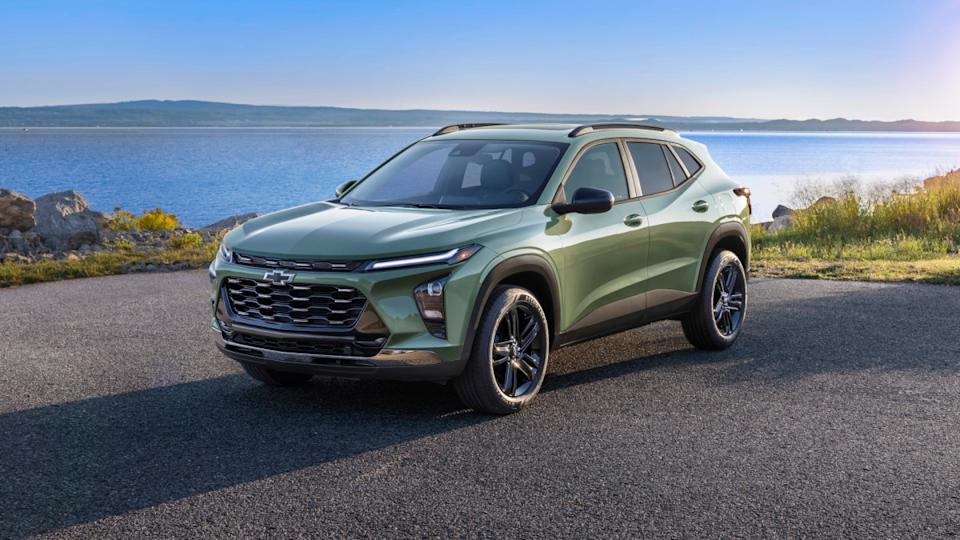 2024 Chevrolet Trax ACTIVChevrolet
2024 Chevrolet Trax ACTIVChevroletTo one-up the Chevy Trax, Dodge could even offer the Neon Crossover with a fully-electric variant, akin to the Opel Mokka-e. Featuring 156 horsepower and 191 lb-ft of instantly available torque, the long-range version of the Opel Mokka-e benefits from a 54kWh battery and an estimated range of up to 252 miles. All this would mean that an electric Dodge Neon Crossover could offer 23 more horsepower, 3 more lb-ft of torque, and 52 more miles of battery range than the Hyundai Kona Electric SE–a feat that buyers of inexpensive EVs would surely appreciate.
Final thoughts
Admittedly, the hypothetical return of the Chrysler Sebring as a rebadged Peugeot and the Dodge Neon as a rebadged Opel crossover don't seem all that glamorous and exciting, but that's exactly the point. While these models may not be as controversial as the electric Dodge Charger Daytona Scat Pack or as exciting as the return of Hemi-powered Ram 1500s, they are sensible and practical vehicles that American buyers want and need. They are vehicles that brands like Dodge and Chrysler used to do quite well with, and they are vehicles that these brands desperately need within their lineups today, because what else do they really have to offer?
I don't for a second believe that this solution is a serious one for the long-term longevity of these brands, but I do believe that it's a great way to give their showrooms something to sell in the meantime while Dodge and Chrysler develop more of their own models, buying the brand and its employees some time before their buyers give up completely. Who knows, maybe Stellantis might just find the sense to go through with it.
How European Stellantis Models Could Revive Dodge & Chrysler first appeared on Autoblog on Jul 21, 2025
This story was originally reported by Autoblog on Jul 21, 2025, where it first appeared.



